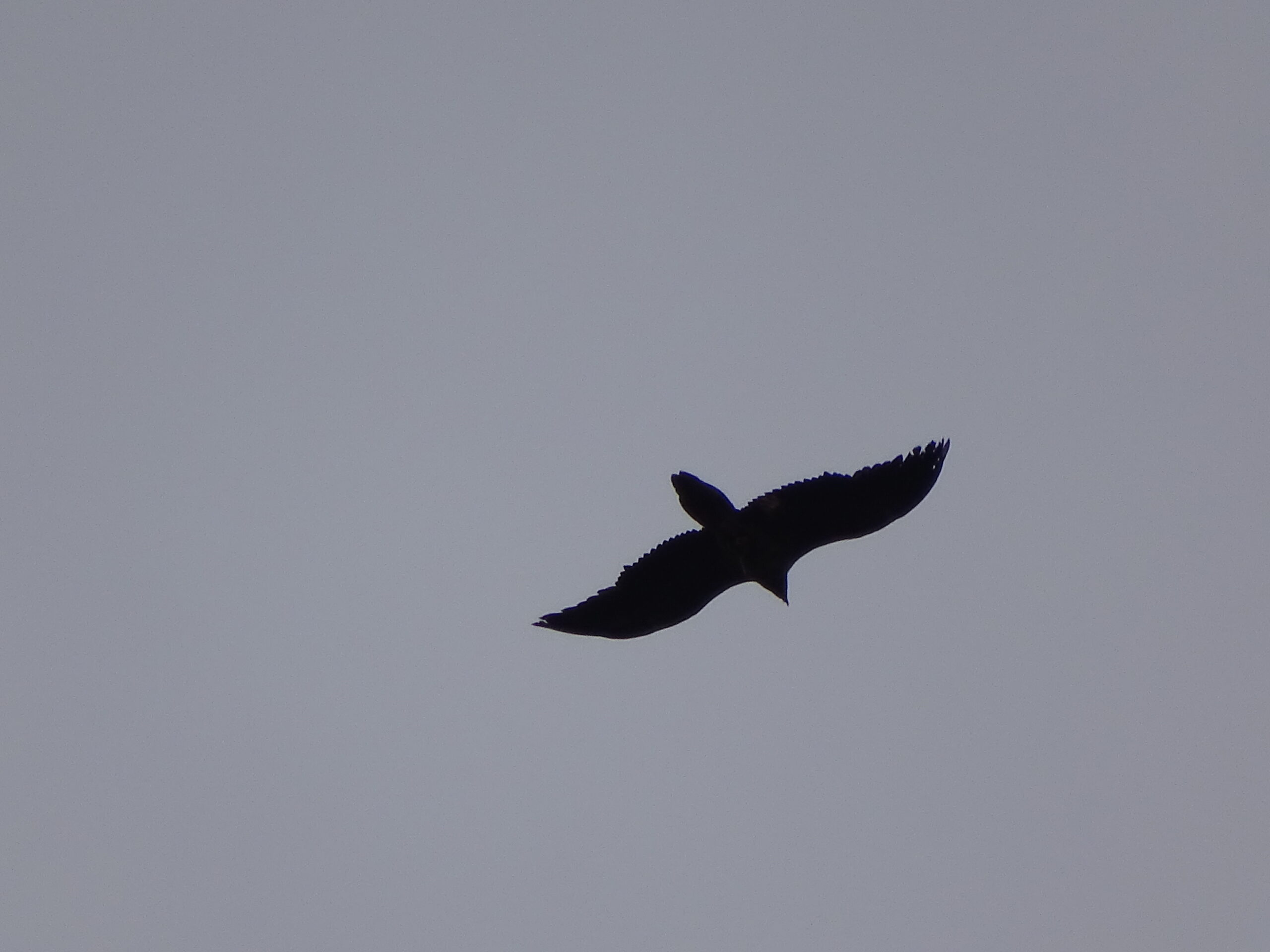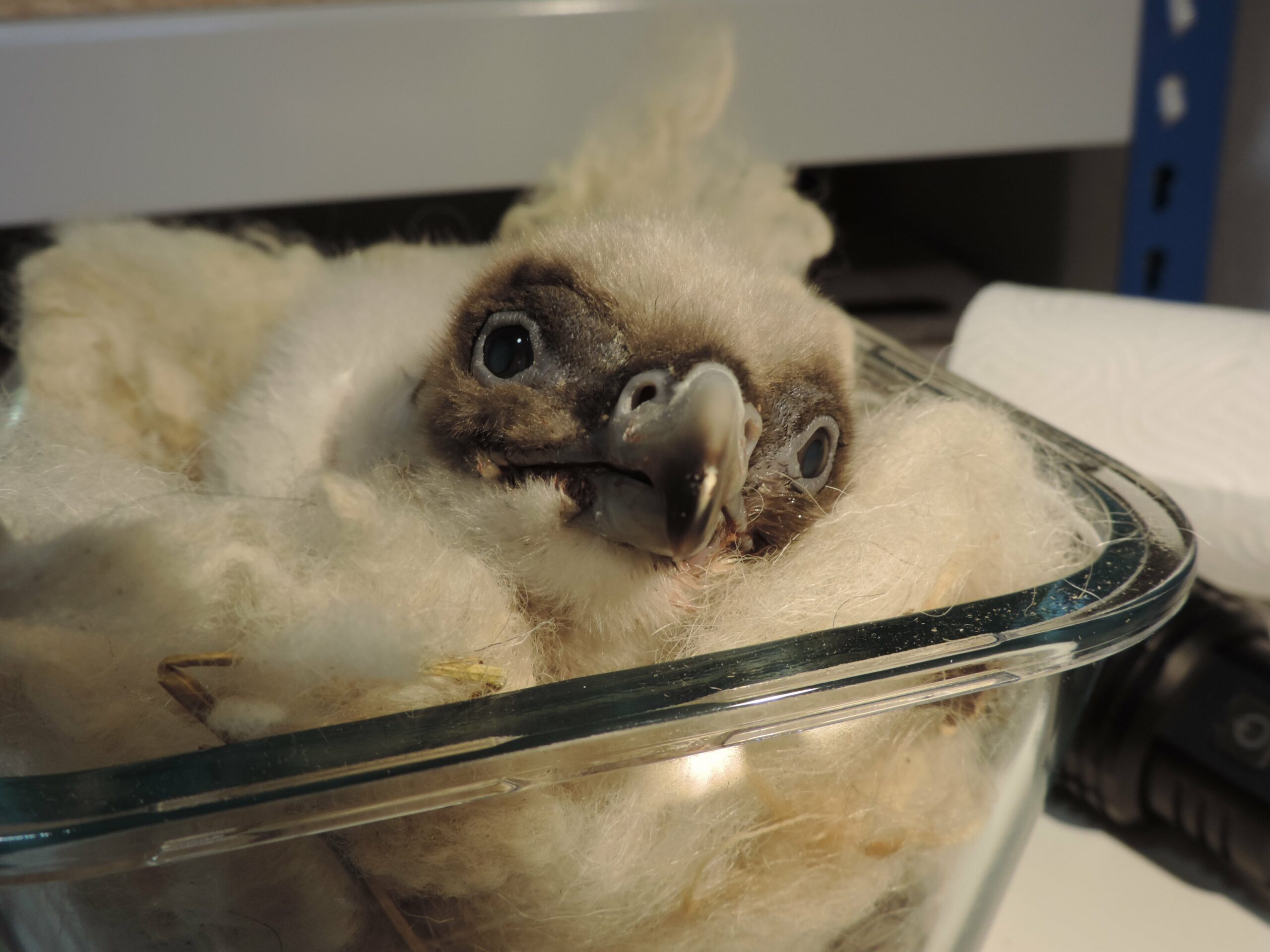
This time of year, early summer, the skies above the Alps will start to see young bearded vultures taking their first flights across the mountain range. As we await reports from the fledging of the reintroduced young bearded vultures we thought we would take this moment to look back on the successes of the wild individuals during the breeding season.
Partners who we work with on the bearded vulture programmes across the Alps have been sending reports into the International Bearded Vulture Monitoring Network (IBM) and for the 2017/18 breeding season there were 51 territories, 49 across the Alps and two on Corsica, that were occupied by breeding pairs. This is fantastic news and is an increase of two sites on the season last year.
Of the 51 occupied nesting territories, 32 breeding pair successfully laid a clutch of eggs. We are still waiting for reports of 14 of these clutches but 21 have successfully hatched. Unfortunately, this year there were 13 breeding failures, with three failures after the chicks hatched.
The expansion of the range continues with a new occupied territory reported in the National Park Écrins – this pair is the westernmost pair in the Alps, and the chick there is doing well.
As well as monitoring the wild bearded vultures the VCF and its partners will still be releasing birds in the Alps, a successful reintroduction programme that began in 1986.
In the central Alps, young bearded vultures are released to increase the genetic diversity, which is still lower than what you would expect from a population of this size, as it originated in a relatively small number of captive-bred individuals. Additionally, with the LIFE GypConnect and its releases in the pre-Alps and the Massif Central the connection between the Alps and the Pyrenees should be established.



